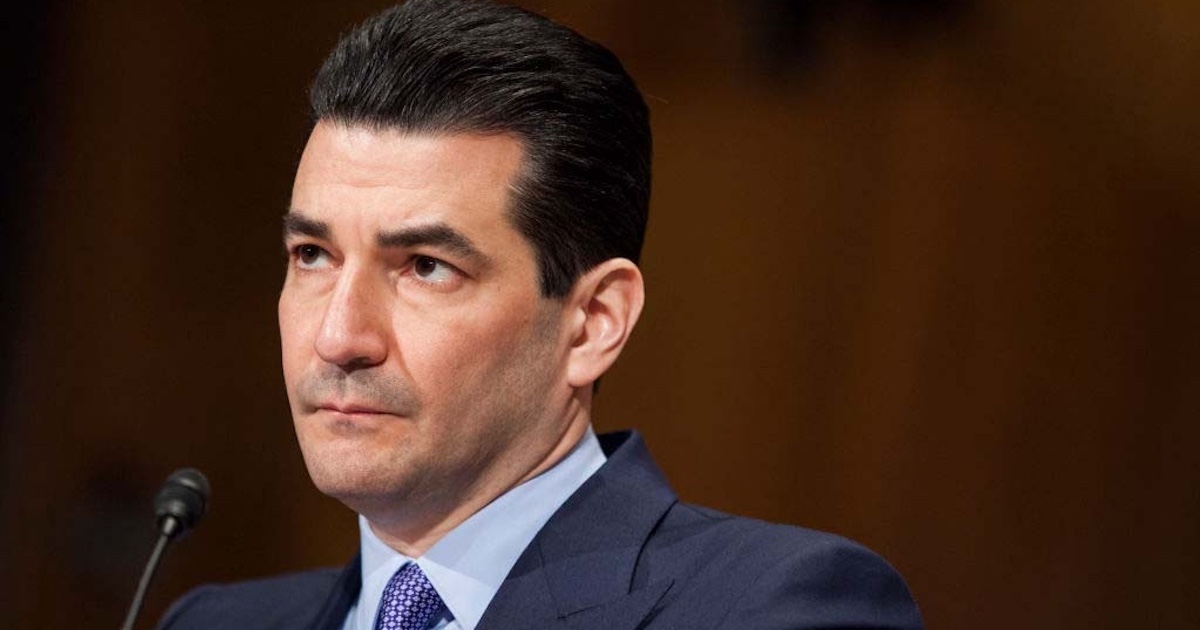An international collaboration between Royal Philips' new telehealth business and a Dutch hospital is shining the spotlight squarely on COPD as a validator of mHealth techniques.
Philips, which recently announced a partnership with Salesforce.com to enhance its emerging HealthSuite Digital Platform, is working with Nijmegen, Netherlands-based Radboud University Medical Center to develop a COPD management program that focuses on home-based monitoring. A wearable device developed by Radboud and worn by COPD patients is sending data back to clinicians at Radboud through Philips' eCareCompanion and eCareCoordinator apps on the HealthSuite platform.
The two apps, which recently received FDA 510(k) clearance, could help those with chronic obstructive pulmonary disease to manage their disease at home while being monitored by clinicians. COPD is one of five non-communicable conditions – the others being diabetes, cancer, cardiovascular disease and mental ill-health – that are expected to collectively cost $47 trillion worldwide over the next 20 years.
In the United States alone, health officials say 117 million Americans, or almost one of every two adults, has a chronic condition, while one in every four adults has more than one. According to the Centers for Disease Control and Prevention, caring for people with chronic conditions makes up some 70 percent of the nation's annual healthcare budget.
Asthma and COPD currently cost payers and patients in the United States over $100 billion annually. By 2020, the CDC estimates that the cost of medical care for adults in the U.S. with COPD alone will increase 53 percent to more than $90 billion.
Dale Wiggins, a vice president at Philips and head of the company's digital health platform, tells mHealth News the COPD project with Radboud offers mHealth advocates a specific case to prove the value of the technology to clinicians. Yet HealthSuite is also an open platform, he says, enabling app developers to come in and create their own solutions.
"No one really knows how to best use (the technology) just yet," he says. "That's why you have to have an open platform (with rapid API development). You're creating specific cases, and then using (mHealth) to prove that the technology works. This is how physicians will learn about the benefits of digital technology."
That's especially important with COPD patients, who often require complicated therapies and frequent hospitalizations if their condition isn't properly managed. By creating a real-time link between the patient and the care team (through Radboud's COPD monitor and Philips' HealthSuite platform), clinicians can respond more quickly to patients' needs and avoid episodes that lead to hospitalization.
Philips officials point out that apps like eCareCompanion and eCareCoordinator are opening new lines of communication between consumers and their healthcare providers.
"Unlike other wearable solutions recently introduced to the market, this prototype collects more than just wellness data from otherwise healthy people," said Jeroen Tas, CEO of Philips' Healthcare Informatics Solutions and Services division, who helped unveil the COPD project at the Dreamforce 2014 conference this week in San Francisco. "We are demonstrating the power of harnessing both clinical and personal health information to better manage chronic disease patients across the health continuum, from healthy living, prevention, diagnosis, treatment, recovery and home care."
Wiggins points out that 25 years ago, the development lifecycle for a new technology was roughly two years. That timetable won't work in today's healthcare landscape, where new approaches to clinical care need to be developed and used much more quickly, especially if new mHealth approaches are to be embraced by the clinical community. With an open API platform, he says, a new app can be developed, validated and rolled out in about two weeks.
Wiggins says the Philips-Radboud partnership is a specific test case for the viability of the HealthSuite platform, and that with an open API architecture, the platform can branch out to develop mHealth solutions to a wide variety of chronic conditions.
"But you need to be able to measure," he adds. That's why new mHealth solutions will need to not only collect the data from devices, but analyze that data and give clinicians what they need to create a continuum of care.
Related articles:
How one major hospital moved to 'mobile first'
Stanford launches research center for wearables
mHealth masters: Envisioning a future for wearables. Smartwatches? Not so much


